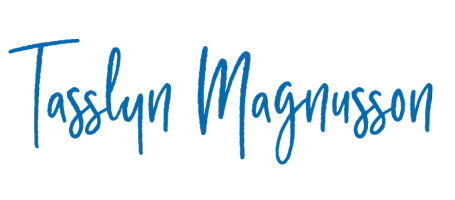Margarita Engle is the 2017-2019 National Young People’s Poet Laureate. She’s a Cuban-American poet whose work is grounded in Cuban history. Her language is evocative and beautiful – I think that’s what makes these stories transformative.
Part of why I love historical fiction verse novels is I’m always searching to understand the people of the past. Engle’s verse and how it works with line breaks and white space brings me as close as possible into the heads of those who experienced the historical event.
 |
 |
 |
Margarita Engle’s The Lightning Dreamer (Harcourt 2013) was my first introduction to a verse novel – and to a historical fiction verse novel. The Lightning Dreamer is a verse novel imagining the early life of Cuban poet and playwright Gertrudis Gomez de Avellaneda – Tula was her nickname as a child. Opening in 1827 when Tula is twelve, Engle crafts a beautiful story about the origins of Tula’s relationship with words and her journey to the independent writer and abolitionist she became as an adult.
The next book I read, A Suffragette’s Journey to Cuba: The Firefly Letters draws on another woman in Cuban history – when Swedish women’s rights pioneer Fredrika Bremer’s came to Cuba. Bremer asks the Swedish Consulate i
n 1851 to find her a place to stay in the Cuban countryside. They set her up in a wealthy home where Bremer can examine the impact of Cuban society on a family up close. We move between Fredrika, Elena – the daughter in the family she lives with and Cecilia, a slave who serves as her translator. Maybe the best way to describe this novel would a total immersion into the world of the story. When I finished, I felt a new understanding of Cuban history, but more important, the impact of that history on real women.
The final Margarita Engle novel I want to highlight is The Surrender Tree: Poems of Cuba’s Struggle for Freedom (Henry Holt and Company 2008). The Surrender Tree is the story of Cuba’s struggle for freedom between 1850 and 1899. The narrative is primary told by Rosa and her husband Jose who are leaders in the revolutionary armies.
I think I’ll come back to this in a later blog when I talk about technique in the verse novel – specifically, use of white space and line break. This book – and all of Margarita Engle’s books – are extraordinary examples of technique, language, and story shaping a reading experience. But I feel like for me, The Surrender Tree is one of the best examples of Engle’s mastery of white space. She develops scenes with a minimum of words and trusts the reader to follow through the white space to the next scene. Never did I feel like the continuity of time was lost nor a sense of the unique voices telling us the story.
I am in such awe of the brilliance of these historical verse novels!
